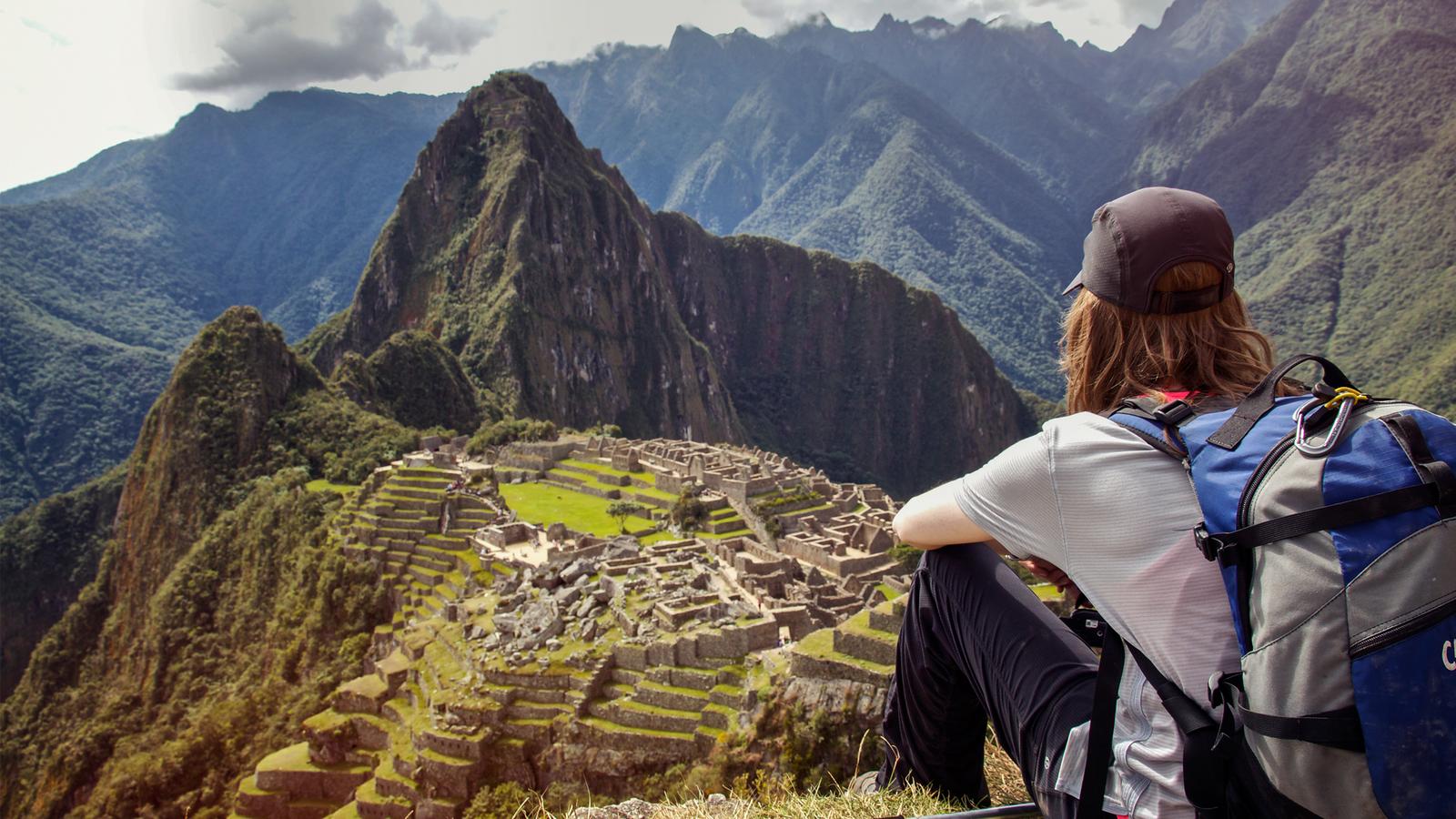Cities must learn to leverage more than just the traditional power of their governments.
It’s like a math problem you got on a test as a kid, or a puzzle game for your iPhone: Imagine you’re the mayor of Boston. In the last 30 days, your city has seen a whopping 6 feet of snow. How many cubic feet of snow have actually fallen on your city, and where do you put it all?
Answer: A little over 8 billion cubic feet of snow, and no darn idea.
It’s a terrifying reminder of our climate-changed world that Boston, a city that has known storms and hurricanes since its founding, is running out of places to put snow. After spending 136,652 hours to clear 244,064 miles of road surface, they just can’t pile it any higher.
The city has been using “snow farms,” which are really giant heaps of snow in vacant lots. But those lots are near full and so the city faces a pair of environmentally dubious and expensive options: either melting the snow with gas-guzzling machines that will filter out impurities, or dumping it, road salt and toxic runoff included, into still-recovering Boston Harbor.
From our partners:
City leaders are prepared to do either, or whatever else they need to do to keep the city running. But the question remains—is there a better way to do this?
Traditionally, we respond to managing crises such as snow through the same old means: ploughs and contracted man-hours. Boston spent $30 million on snow response in January alone, meaning the cost for snow removal for the year will approach 2 percent of the city’s entire general fund budget. As the snow farms fill, new costs pile on.
Smartly, Boston is looking for new options. A city government department called the Office for New Urban Mechanics is seeking inspiration by calling on the public, academics and experts to offer their ideas for better ways of tackling the mountains of snow. The mayor’s press secretary said the city was reaching out to “professors from local universities and companies in the state’s innovation economy.”
[infobox]The trick is in not assuming that City Hall holds all the answers and all the power. This is citizen engagement on a new level, and it’s the right model for the challenges ahead.[/infobox]What will they find? Who knows. Once you open up a problem to citizens, innovators and entrepreneurs, almost anything is possible. It could be a refinement on existing methods that reduces costs or improves the environmental impact. It could be a radically new solution. The trick is in not assuming that City Hall holds all the answers and all the power.
This is citizen engagement on a new level, and it’s the right model for the challenges ahead. The pace of climate change is accelerating, and despite growing momentum behind the movement to slow some of our worst carbon-burning habits, it’s clear that change is already here. As the East faces hurricanes and storms, drought in the West continues—soon a decades-long mega-drought is possible, according to a new NASA report.

It will be the world’s great coastal cities—prey to hurricanes and monster winter storms—that will face the brunt of this change. Paired in the United States with an aging population that will squeeze public coffers, citizens will demand new solutions. Cities must learn to leverage not just the traditional power of their governments—deep coffers, an on-demand workforce, and existing investments in heavy machinery—but the intangible powers of a city’s people to innovate and come to the aid of their neighbours. Many of the world’s great cities are already starting to think this way.
London Mayor Boris Johnson, for example, announced plans to pay citizens a reward if they save electricity to prevent brown-outs. Rio de Janeiro is piloting a mobile technology to empower virtually every citizen to become a triage expert and help allocate emergency services more effectively. And the City of Lagos seeks to address its monumental energy problems by sourcing off-grid, renewable electricity through modular solar panels distributed in hard-to-reach areas.
[infobox]In cities, we all look after each other. It’s time to harness that sense of community and put it to work doing more than just shoveling.[/infobox]All of these approaches point toward a world where the citizen regains a role in delivering urban services. Apps allow us to reach thousands, train them and organise efforts at almost no cost, as Boston’s Bump Map App did for surveying street surfaces.
Citizens and local businesses are on the ground, know their city and could not be more motivated to solve problems. Some cities, such as Barcelona and Philadelphia, have recognised the potential for lower costs and better results and are changing their spending processes to open up a clear path for these community problem-solvers to put their ideas into action. Ultimately, this kind of open public spending process is what’s needed to enable real innovation.
When there’s a big snow storm in Boston, you’ll commonly see good-hearted citizens everywhere digging out the front step of their elderly neighbour. In cities, we all look after each other. It’s time to harness that sense of community and put it to work doing more than just shoveling.
This article originally appeared in CityLab.














